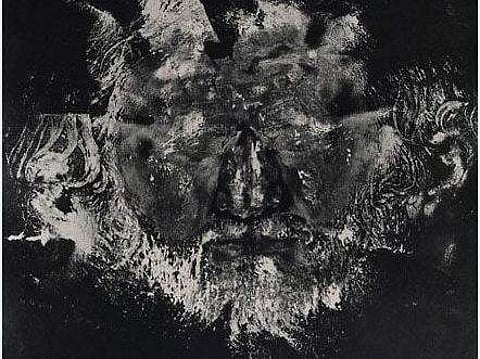

Capturing images for the sake of art and for posterity was done since ancient times. The caves of Altamira and Ajanta- Ellora are a testimony to our ability to create and record, given a surface and a medium. Leaps in technology has now brought us to the times of smartphone photography, image manipulation and even those highly flattering photo apps that make us look our best no matter what.
Somewhere parallel to this, quietly and beautifully, another art form has been shaping up. Building on the basic principle of influencing a light sensitive surface with various media, photography without using cameras is a relatively lesser known but extremely interesting application of science in art.
Celebrated practitioners of this art are often photographers and artists themselves and may be familiar with the workings of DSLR cameras and the traditional photography techniques. This can be done through alternative means such as photograms, chemigrams, cyanotypes, scanner prints, etc. Of these, scanner prints may be a tad familiar to us. We may have chanced upon documents or objects, even dust flecks at times that are captured as images when the scanning is in process and the scanner- bed is devoid of light. Many photo artists have taken this to the level of art. Chemigrams require specialized media as they are created by manipulating light sensitive paper with chemicals- often “painting” on them and combining the final product with original prints, photographs, etc. manually or digitally.
Cyanotypes employ a method where the objects to be photographed are placed directly onto chemical coated sheets and then exposed to light, leaving cyan- blue silhouette prints of the objects. This method was practiced by Anna Atkins, who is also considered one of the pioneers of this art. Other renowned figures who took to creating imagery without cameras are Gyorgy Kepes, Man Ray and Laszlo Moholy- Nagy, among others- they went on to establish and head prestigious art and photography institutes in their times. Their books and writings on art and its intermingling with science have become go-to texts of the subject today.
Contemporary photogram artists Luke Evans and Josh Lake have created a couple of photography series of which “Inside Out” hit the limelight because the artists literally swallowed pieces of negative film strips in order to alter its composition and ‘chemically’ create images on it by subjecting it to digestive tract acids and enzymes.
81-year-old German artist Floris Neususs makes large sized prints he has nicknamed Nudogramms that consist of the silhouettes of the human body which he creates using photosensitive sheets (both positives and negatives) on which his models sit or move around with direct contact, creating ethereal shadows. Susan Derges works with natural and artifical light sources exclusively at night. She makes use of the rippling and swirling patterns in moving water bodies, keeps chemical coated sheets right under the water surface, and exposes them to moonlight or flashlights, making them look like painted night landscapes. Other interesting works in this genre are from Allison Rossiter and Pierre Cordier. Rossiter looks for aged film strips she exposes to get partially destroyed or altered images radically different to the originally intended results, and also poignantly titles them using the name of the medium and its expiry date to highlight the ephemerality of time.
Cordier is a Belgian chemigram artist who used nail varnish, among other chemicals, on photosensitive emulsion coated sheets, to create what looked like painted pictures, but in full light, unlike other photo artists who use a dark room for film development.
